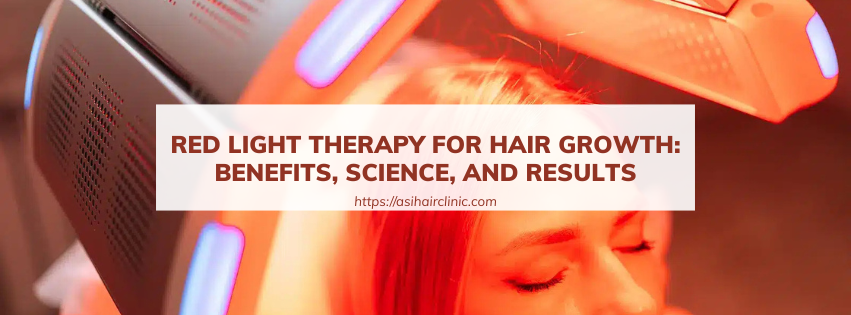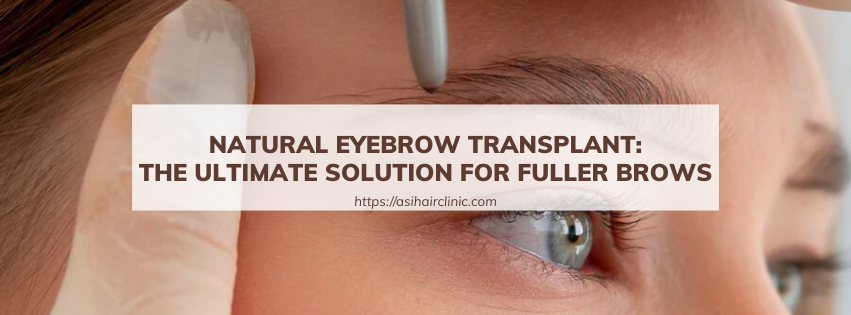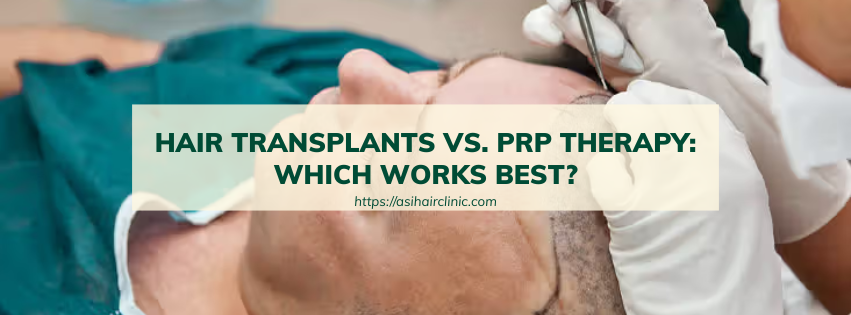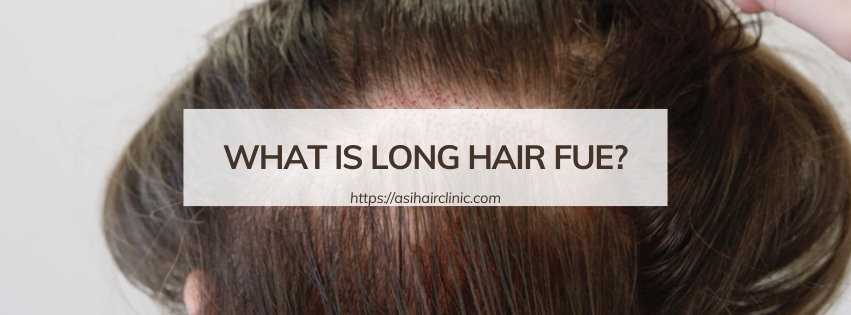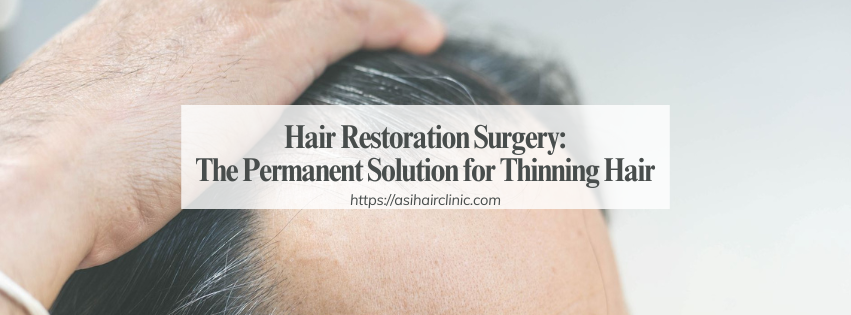Is FUE Hair Transplant Really Pain-Free?
FUE Hair Transplant is a popular method of hair restoration that has gained significant traction in recent years. As individuals increasingly seek solutions for hair loss, understanding the nuances of this technique-and whether it truly offers a pain-free experience-has become paramount. In this article, we delve into the various aspects of the FUE process, addressing common concerns about discomfort and recovery.
1. Understanding FUE Hair Transplant
Before we can discuss the potential pain associated with FUE Hair Transplant, it's essential to have a clear understanding of what this procedure entails.
1.1. What Is FUE Hair Transplant?
Follicular Unit Extraction (FUE) is a minimally invasive surgical procedure used to treat hair loss and baldness. During this process, individual follicular units are extracted from the donor area-commonly located on the back or sides of the head-and then transplanted to the balding areas.
FUE allows for precise extraction and transplantation, which means fewer disruptions to surrounding tissues, resulting in less scarring compared to traditional hair transplant methods. The popularity and effectiveness of FUE have made it a go-to option for many patients seeking natural-looking results.
1.2. How Does the FUE Procedure Work?
The FUE process typically begins with a consultation, where the surgeon assesses the patient's hair loss pattern and discusses goals and expectations. On the day of the procedure, local anesthesia is administered to ensure comfort during the extraction phase.
Once the area is numb, the surgeon uses specialized instruments to extract follicular units one by one. After extraction, these units are preserved carefully until they are ready to be implanted into the recipient site. The implantation process involves creating tiny incisions in the recipient area and strategically placing the extracted follicles.
The precision involved in this method not only yields a more aesthetically pleasing result but also contributes to a smoother and potentially pain-free recovery process.
1.3. Why Is FUE Considered a Less Invasive Hair Transplant Method?
One of the key selling points of FUE Hair Transplant is its minimal invasiveness. Traditional hair transplant methods, such as Follicular Unit Transplantation (FUT), involve removing a strip of scalp tissue, which can lead to larger scars and increased discomfort.
In contrast, FUE relies on extracting individual follicles without requiring a linear incision. This significantly reduces the risk of complications and promotes quicker healing. Furthermore, patients generally report feeling less pain and experiencing shorter recovery times with FUE compared to other techniques.
With advancements in technology and techniques, FUE continues to evolve, offering patients improved outcomes while prioritizing their comfort.
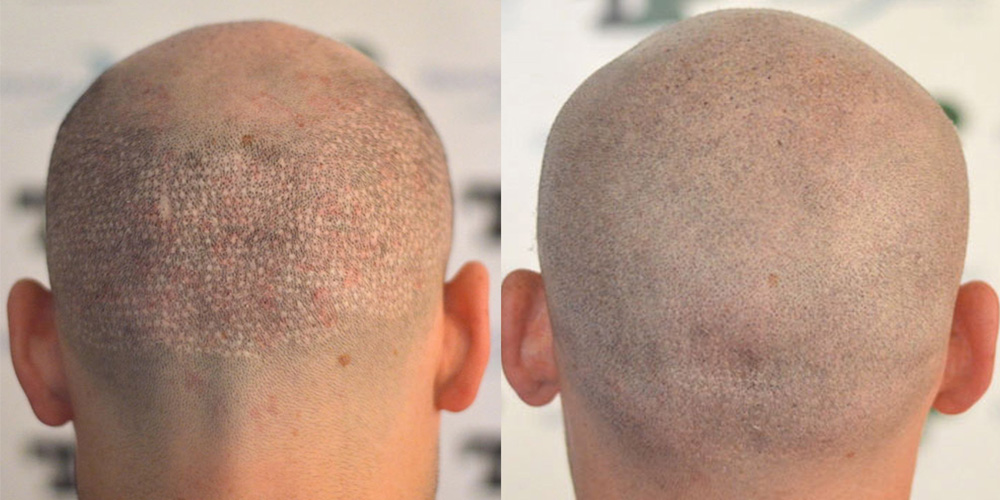
2. Does FUE Hair Transplant Hurt? Separating Myths from Reality
Now that we understand how FUE Hair Transplant works, let’s address the critical question: does it hurt? Many potential patients worry about pain, discomfort, and the overall experience of undergoing a hair transplant.
2.1. The Role of Local Anesthesia in a Pain-Free Procedure
Local anesthesia plays a crucial role in ensuring that FUE procedures are as comfortable as possible. Before any extraction or implantation occurs, the surgeon administers a local anesthetic to numb the donor and recipient areas.
This step is vital because it blocks sensation in the targeted regions of the scalp, allowing the surgeon to perform the procedure without causing pain. Patients often describe the sensation during FUE as pressure rather than sharp pain. Once the anesthesia takes effect, most individuals feel relaxed and at ease throughout the process.
2.2. What Patients Typically Feel During the Procedure
While the use of local anesthesia minimizes pain, some patients may still experience slight discomfort during the procedure. This could manifest as sensations of tugging or pulling when the hair follicles are being extracted or inserted.
However, the majority of patients report that these sensations are manageable and far from the intense pain associated with more invasive surgical procedures. Many also find the experience surprisingly pleasant, especially when considering the long-term benefits of achieving a fuller head of hair.
After the procedure, patients often feel a sense of accomplishment and satisfaction, outweighing any minor discomfort experienced during the process.
2.3. Comparing FUE to Other Hair Transplant Methods in Terms of Pain
When comparing FUE to other hair transplant methods, particularly FUT, the differences in pain levels are striking. FUT involves a more invasive approach with extensive sutures and potential complications such as swelling and discomfort around the incision site.
In contrast, FUE’s individualized extraction process leads to a more comfortable experience overall. Patients frequently report less postoperative pain and quicker healing times with FUE.
Additionally, modern innovations within the FUE technique further contribute to the reduction of discomfort. As technology advances, so too do the tools and methods utilized by surgeons to enhance patient experiences.
3. Post-Procedure Experience - Is There Any Pain After FUE?
Understanding the immediate post-procedure experience is vital for anyone considering an FUE Hair Transplant. While the procedure itself may be relatively painless due to local anesthesia, it’s essential to know what to expect afterward.
3.1. What to Expect Right After the Procedure
Following an FUE Hair Transplant, patients may experience mild discomfort or sensitivity in the donor and recipient areas. This is generally manageable and may feel similar to soreness after a workout. Surgeons usually provide aftercare instructions, including recommendations for pain management medications if needed.
Patients leave the clinic with specific guidelines on how to care for their scalp, including avoiding strenuous activities and protecting the treated areas from excessive sunlight. Following these instructions can help mitigate any potential discomfort.
3.2. Common Side Effects and How to Manage Them
While pain is typically minimal, some common side effects might arise post-procedure. These include swelling, redness, or small scabs forming in the recipient area.
To manage these side effects, surgeons often recommend over-the-counter pain relief options and anti-inflammatory medications. Keeping the scalp clean and applying prescribed topical treatments can also accelerate healing.
Patients should remain vigilant for signs of infection or abnormal pain, which could indicate complications. Regular follow-up appointments allow surgeons to monitor progress and address any concerns.
3.3. How Long Does It Take to Fully Recover from FUE?
Recovery timelines can vary based on individual factors, including overall health, adherence to aftercare instructions, and personal healing rates. Generally, most patients feel significantly better within a few days and can return to normal activities within a week.
However, complete recovery may take several months as the transplanted hair follicles adjust to their new environment. During this period, hair growth may appear uneven or patchy as the follicles enter different growth cycles. Patience is essential, as optimal results can take up to a year to fully manifest.

4. How FUE Technology Has Improved for a More Comfortable Experience
As demand for hair restoration solutions rises, so does the advancement of FUE technology. Innovative tools and techniques are continuously reshaping the landscape of hair transplants, making them even more comfortable and effective.
4.1. Advanced Tools That Minimize Discomfort
The introduction of advanced surgical tools, such as motorized punch devices and robotic-assisted systems, has revolutionized the FUE process. These instruments allow for more precise follicle extraction with minimal trauma to the surrounding scalp.
By reducing the physical strain on both the patient and the surgeon, these advancements effectively minimize discomfort during the procedure. Moreover, the accuracy of these tools helps preserve the integrity of the hair follicles, promoting better survival rates and overall results.
4.2. Why Modern FUE Techniques Lead to Faster Healing
Modern FUE techniques emphasize minimal invasion and quick recovery. By extracting follicles individually rather than removing a strip of skin, healing times are significantly reduced.
Additionally, advances in post-operative care, paired with comprehensive patient education, have improved recovery processes. Enhanced aftercare practices result in less swelling, faster healing, and ultimately a more comfortable experience for patients.
4.3. The Benefits of a Scar-Free and Painless Hair Transplant
A significant advantage of FUE Hair Transplant is the lack of visible scarring. Unlike traditional methods that can leave extensive linear scars, FUE's individual extraction approach results in tiny, barely noticeable dots.
This feature is especially appealing to patients who prefer short hairstyles or want to avoid showing any signs of surgery. Alongside the minimized pain and discomfort, the scar-free nature of FUE makes it an attractive option for those seeking natural-looking results without the worry of post-operative marks.
5. Tips to Ensure a Comfortable FUE Hair Transplant Experience
Preparation and aftercare play pivotal roles in ensuring a comfortable experience during and after FUE Hair Transplant. Here are some actionable tips.
5.1. How to Prepare for Your Procedure
Before undergoing FUE, proper preparation can set the stage for a smooth experience. Patients should engage in thorough consultations with their surgeons, asking questions about the procedure, potential risks, and expected outcomes.
Additionally, following pre-operative instructions, such as avoiding blood thinners and alcohol, can help minimize potential complications and promote comfort during the procedure. Arranging transportation to and from the clinic can also alleviate stress and ensure a focused mindset on the day of the surgery.
5.2. Best Practices for Minimizing Discomfort During Recovery
Post-procedure care is just as crucial as pre-operative preparations. Patients should adhere to their surgeon's instructions closely, which may include resting, avoiding strenuous activities, and using recommended pain relief methods.
Staying hydrated and maintaining a balanced diet can support the body’s healing process. It’s also important to avoid touching or scratching the transplant sites, as this can lead to irritation or infection.
5.3. When to Contact Your Doctor if You Experience Unusual Pain
While some discomfort is expected, patients should remain vigilant for signs of unusual pain or complications. If severe pain arises or is accompanied by symptoms such as fever or excessive swelling, it’s critical to contact the surgeon immediately.
Proactive communication with the medical team can help address concerns early, preventing complications that could hinder recovery or diminish results.
6. FAQs About Pain and FUE Hair Transplant
Addressing common questions regarding pain and the FUE process can further clarify any doubts potential patients may have.
Is FUE Completely Pain-Free?
While many patients report that the experience is largely painless thanks to effective local anesthesia, some might still experience minor discomfort. It’s essential to manage expectations and understand that individual experiences may vary.
Will I Need Pain Medication After the Procedure?
Most patients find that over-the-counter pain relief is sufficient to manage any post-operative discomfort. However, your surgeon will provide specific recommendations tailored to your situation.
Listening to your body and taking medications as directed can enhance your recovery experience.
How Soon Can I Return to Normal Activities?
While many patients resume light activities within a couple of days, returning to more strenuous activities should typically wait until at least a week has passed. It's essential to follow your surgeon's advice regarding activity levels to ensure proper healing.
Conclusion
FUE Hair Transplant offers a promising solution for those struggling with hair loss, and the prospect of a pain-free experience adds to its appeal. With advancements in technology, the integration of local anesthesia, and a focus on patient comfort, many individuals find that their fears of pain are unfounded.
As you consider this option, remember to thoroughly research and consult with qualified professionals to ensure a positive journey toward restoring your confidence through beautiful, natural-looking hair.
LATEST POSTS



